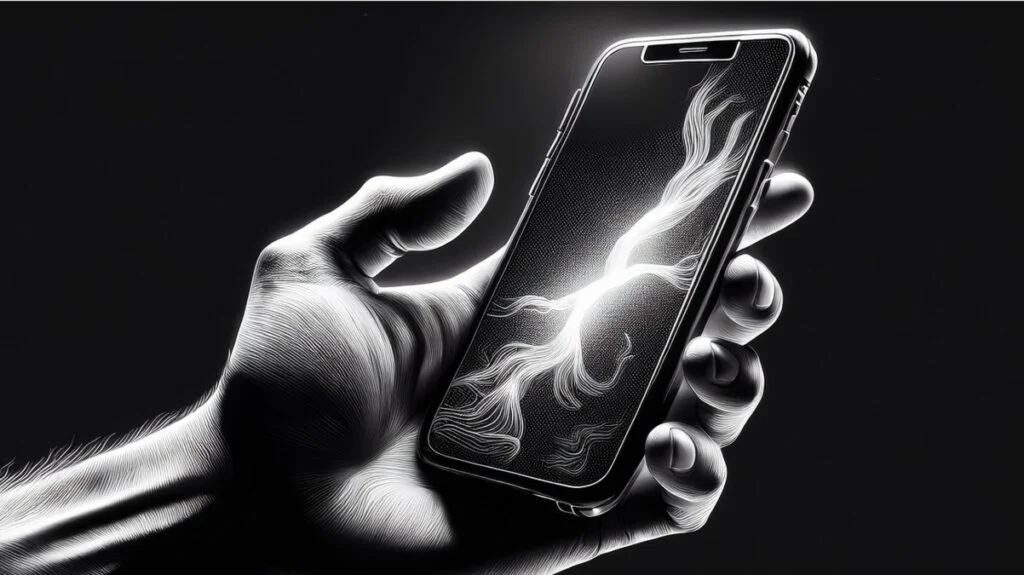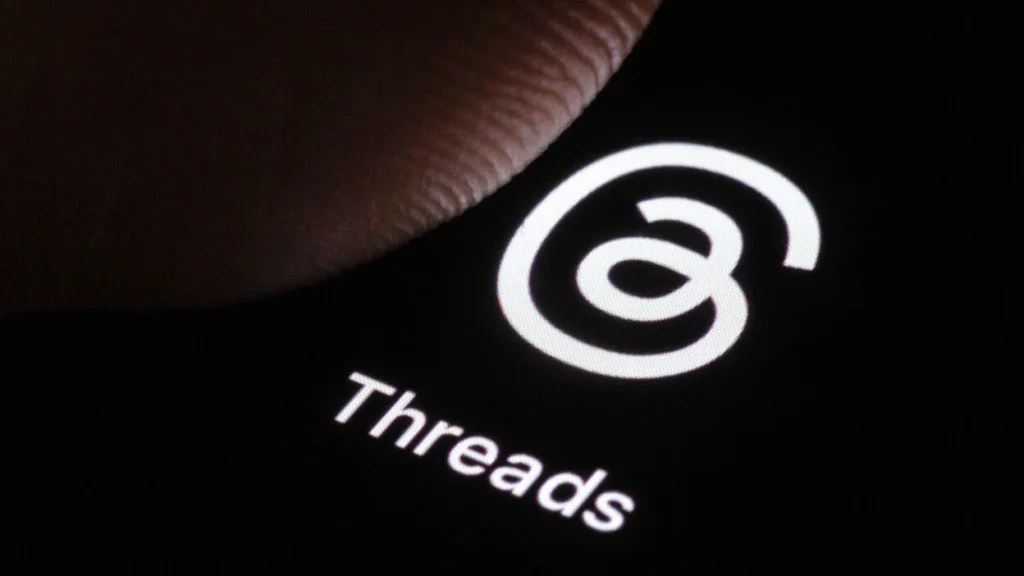Threads just rolled out a feature that might change how you think about posting on the platform. Meta’s calling them “ghost posts,” and they’re designed to vanish after 24 hours. But before you write this off as just another Stories clone, here’s the inside scoop on why this matters for your social strategy.
Most brands treat every post like a permanent record. They agonize over every word, delay publishing for approvals, and end up posting half as often as they should. Ghost posts flip that script entirely. They’re built for the kind of real-time, unfiltered content that actually drives engagement, but without the pressure of it living on your profile forever.
How ghost posts actually work
Creating a ghost post is straightforward. When you’re composing a post in Threads, you’ll see a ghost icon toggle. Please switch it on, and your post gets published with a dotted outline around it so everyone knows it’s temporary.
Here’s what makes them different from regular posts:
Visibility window: Your ghost post appears in followers’ feeds for 24 hours, then automatically archives. It doesn’t disappear completely—you can still access it from your archived section, but it’s hidden from public view.
Reply behaviour: This is the clever part. Instead of replies appearing publicly under your post, they go directly to your DMs. That means ghost posts turn into one-to-one conversations rather than public threads.
Engagement privacy: Only you can see who liked or replied to your ghost post. Others see engagement indicators (those smiley-face icons showing activity), but not the specific people who engaged.
No screenshot protection: Ghost posts don’t include technology to prevent screenshots. If you’re sharing something genuinely sensitive, stick to disappearing DMs instead.
Why Meta built this feature
Meta’s been studying how people actually use their platforms, and the data tells a clear story. Over the past few years, engagement with friends’ posts has declined significantly across their apps. People are consuming more content than they’re creating.
The theory behind ghost posts is simple: remove the pressure of permanence, and people will share more freely. It’s worked brilliantly for Stories on Instagram and Facebook. On Threads specifically, Meta believes this format will encourage three types of content:
Live threading: Real-time commentary on events, news or trending topics without cluttering your permanent profile.
Hot takes and opinions: Thoughts you want to share in the moment but might not enjoy living on your profile indefinitely.
Experimental content: Testing new content types, voices or approaches without the risk of it becoming part of your permanent brand presence.
How this compares to other platforms
If ghost posts sound familiar, that’s because temporary content isn’t new. Snapchat pioneered disappearing content. Instagram and Facebook made Stories mainstream. Twitter even tried its own version called Fleets, which lasted less than a year before Twitter killed it.
The difference here is integration. Ghost posts live in your main feed alongside regular posts, not in a separate Stories section at the top of the app. They’re part of the core posting experience, which means they’re competing directly with permanent content for your attention and your audience’s.
X users who want to delete old posts typically need third-party tools or paid services to clean up their profiles. Ghost posts give Threads users the ephemerality built right into the platform.
What this means for your brand
Here’s where it gets strategic. Ghost posts create opportunities for a different kind of content than you’re probably posting now.
Behind-the-scenes moments: Share work-in-progress, team celebrations or office culture without overthinking the polish. These humanizing glimpses build connection but don’t need to be part of your permanent brand story.
Real-time engagement: Comment on industry news, trending topics or cultural moments as they happen. You’re part of the conversation without committing to that take being definitive.
Testing content: Try new voices, formats or topics with your audience. If it resonates, develop it further. If it doesn’t, it archives naturally without you needing to delete it manually.
Event coverage: Share live updates from conferences, product launches or company events. Your audience gets the real-time experience, but your profile doesn’t get cluttered with dozens of event posts.
The challenge is that ghost posts require a mindset shift. Most social teams are trained to treat every post as permanent, which means multiple approval layers and careful consideration. Ghost posts reward speed and authenticity over perfection.
The risks worth considering
Temporary doesn’t mean consequence-free. Anyone can screenshot your ghost post, and that screenshot is permanent even if your post isn’t. If you’re sharing anything that could damage your brand if taken out of context, think twice.
There’s also the engagement question. Ghost posts route replies to DMs, which means you’re trading public engagement for private conversations. That changes the virality potential and makes it harder for your content to spread organically through replies and quote posts.
Some teams might also struggle with the archiving behaviour. If ghost posts generate valuable conversations or insights, they disappear from public view after 24 hours. You’ll need a system to capture and repurpose that content before it archives if you want to use it elsewhere.
Implementation strategy
If you’re planning to use ghost posts, start with these three approaches:
Daily check-ins: Share quick updates about what your team is working on, what you’re thinking about or what you’re seeing in your industry. These don’t need to be polished—that’s the point.
Ask your audience: Use ghost posts for questions, polls or requests for feedback. The temporary nature might encourage more honest responses, and routing replies to DMs creates space for honest conversations.
Experiment deliberately: Pick one content type or voice to test through ghost posts. Track what gets engagement, what drives DMs and what resonates with your audience. Use those insights to inform your permanent content strategy.
The mistake most brands will make is treating ghost posts exactly like Stories—forgetting about them or relegating them to an intern. The better approach is to recognize them as a distinct tool with a different strategic value.
Where Threads is heading
Ghost posts are part of a larger pattern. Meta has been rapidly iterating on Threads since its July 2023 launch, adding custom feeds, DMs, support for up to 10,000 characters in text attachments, spoiler-hiding tools and most recently, interest-based communities.
The platform now has more than 400 million monthly users, and Meta’s clearly betting on giving those users multiple ways to express themselves. Ghost posts for unfiltered thoughts. Text attachments for longer analysis. Regular posts for permanent presence.
For brands, this creates both opportunity and complexity. You’re not just managing one post type anymore—you’re managing a content ecosystem with different formats serving different purposes. The brands that figure out how to use each format strategically will have a significant advantage.
The bottom line
Ghost posts permit you to be more human on Threads. That’s valuable, but only if you actually use them differently from permanent posts.
Start small. Try one ghost post this week, sharing something you usually wouldn’t post because it felt too casual or off-brand. See what happens. Track the DM conversations it generates. Notice whether it changes how your audience engages with you.
The platform is giving you new tools. The question is whether you’ll use them or keep posting the same way you always have.
You’re ahead of the curve—implement now.





